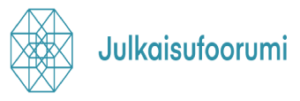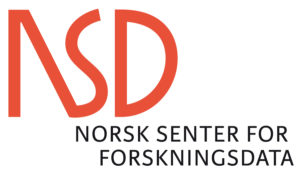Abstract:
Growing consumer environmental awareness and stakeholder pressure for responsible business practices are driving companies to increasingly seek tools that support the development of green products. However, despite the dynamic development of the eco-innovation concept, the literature lacks a coherent methodological framework that would allow for the systematic selection of methods, tools, and standards for specific phases of the new product development (NPD) process. This gap limits the practical possibilities for effectively implementing the principles of sustainability and the circular economy in design processes.To address this challenge, this study proposes a three-step methodology: (1) defining categories of methods and tools supporting green product development, (2) identifying exemplary solutions within each category, and (3) assigning them to specific NPD phases. Based on an in-depth literature review, four main categories were identified: quantitative and systematic methods (e.g., LCA, MFA, environmental footprints), qualitative and design-based methods (e.g., ecodesign, DfX, 6R/10R), standards and certification systems (e.g., ISO, EPD, ecolabels), and sustainability and circularity assessment tools (e.g., MCI, ERA, SVAT). The results of the analysis allowed us to create a map of the connections between methods and NPD phases, indicating which instruments best support specific stages of product development. This systematization provides practical support for companies in making informed design decisions, increases the effectiveness of pro-environmental activities, and facilitates the communication of environmental values to stakeholders. From a scientific perspective, the study fills a significant gap in the literature by proposing a coherent approach that integrates innovation management with the principles of sustainable development.





